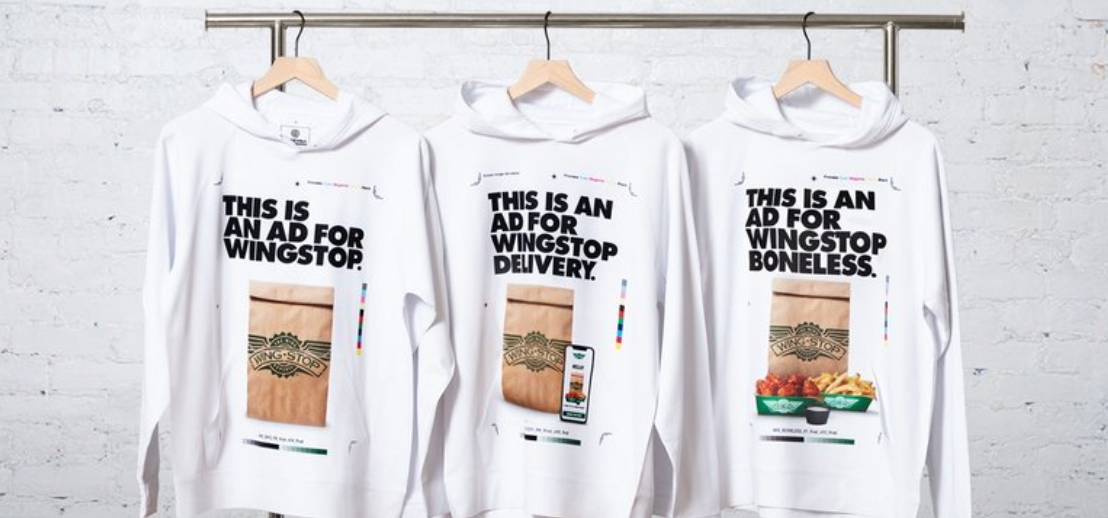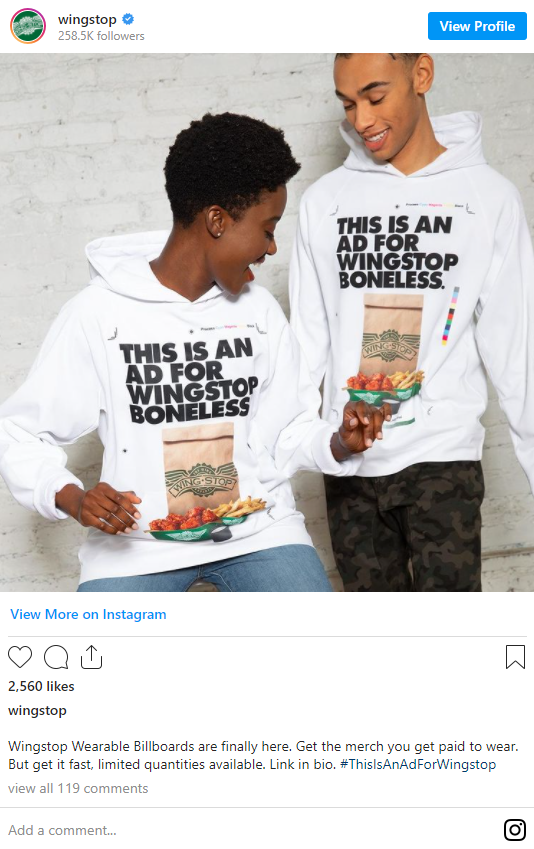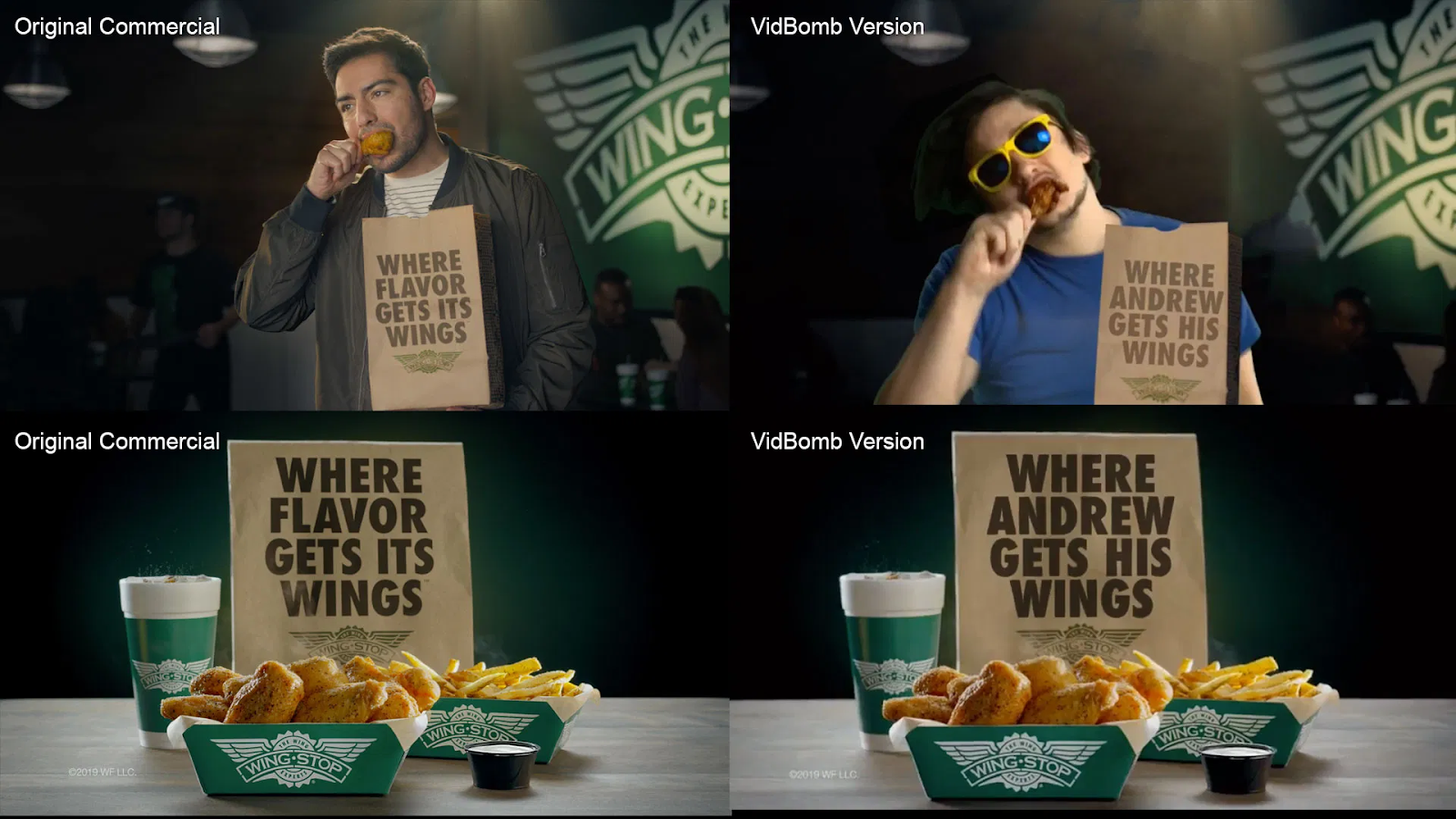Influencer marketing is not only for the famous! Find out how one company added a twist to this marketing strategy! [Monday: Marketing Marvels]

Influencer marketing is a popular strategy for businesses to promote their products or services.
In January 2020, American singer-songwriter Beyonce sold out her Ivy Park line of athleisure wear in just one weekend.
How did that happen?
She sent the entire Ivy Park collection to famous pals who have large followings on Instagram―Reese Witherspoon, Ellen Degeneres, Kelly Rowland, Missy Elliot, and Kylie Jenner!
These influencers, elated with Beyonce’s surprise orange package, showcased themselves on the social media platform not only unboxing the gift, but also wearing various pieces of the collection.
That helped Beyonce raise awareness among consumers about her new product line.
…
Are you aware that there’s another type of influencer marketing that uses “everyday social media users” instead of famous personalities?
This company seems to be an expert at that.
Wingstop, Inc. is an American chain of nostalgic, aviation-themed restaurants specializing in chicken wings. It was established in 1994 by Antonio Swad and Bernadette Fiaschetti, who also founded the Pizza Patrón in 1986.

As of December 2020, Wingstop has over 1,500 restaurant locations across the US, UK, UAE, Mexico, Colombia, Panama, Singapore, Indonesia, Philippines, and Malaysia.
The company’s mission?
“To serve the world flavor to people across the globe!”
So… what type of influencer marketing does Wingstop utilize to accomplish this mission?
The Nano and Micro Influencer Strategy!
[Nano Influencer: Pertains to “everyday social media users” with anywhere from 100 to 10,000 followers. These people aren’t professional influencers in any way and the majority of their posts feature typical content like photos of family or friends, videos, memes, etc.
Micro Influencer: Refers to social media users who have between 10,000 to 100,000 followers. These people focus on a specific niche and are regarded as industry experts or topic specialists.]
By mobilizing these small-scale influencers as brand evangelists, Wingstop is able to move forward with its marketing efforts and increase its customer base.
Here’s how social media users’ journey to becoming Wingstop’s “walking billboards” began…
In March 2020, the restaurant chain announced it would provide 1,000 units of FREE branded merchandise to customers.
Through the Wingstopwearablebillboards.com microsite, fans registered their names, addresses, and other personal information for a chance to win a free branded sweatshirt.

The sweatshirts had cheeky text that stated:
“This is an ad for Wingstop.”
“This is an ad for Wingstop delivery.”
“This is an ad for Wingstop boneless.”
When the 1,000 lucky winners were announced, Wingstop encouraged them to post Instagram photos of themselves while wearing the apparel.
These social media users tagged Wingstop on their posts and used the caption:
“#ThisIsAnAdForWingstop”
The marketing didn’t stop there!
The best thing about participating in Wingstop’s strategy was…
For every Instagram post that contained the hashtagged caption and branded sweatshirt, users received USD 10 from Wingstop via the mobile payment service, Venmo!

Talk about earning money by simply posting on Instagram!
Then, once the restaurant chain received a notification that it was tagged in an Instagram post, the company would also post the user-generated content on Wingstop’s Instagram page.
What else?
Aside from earning money and getting posted on Wingstop’s official page, users whose posts became viral also won tickets to the restaurant chain’s special events.
Thanks to these rewards, Wingstop’s customers became more motivated to post for the brand and share the fun experience with their family and friends!
Curious about why the company resorted to nano and micro influencer marketing when it could’ve just enlisted the services of famous personalities?
It’s because Wingstop believes consumers are more likely to follow the advice and recommendations of people who are closer to them than those they only usually see in advertisements.
Think about this: Who is easier to believe―your friend who tells you that Wingstop’s chicken wings are delicious, or the commercial model who eats the restaurant’s products on TV?
We bet you’ll trust your friend more than the TV endorser!
Besides, think about how far those branded sweatshirts would go. Even if a user doesn’t post on Instagram, as long as he or she wears the apparel, other people will still be able to notice the ad and be familiar with Wingstop.
Literally a “walking billboard!”
This strategy is not the only one that Wingstop used to focus on loyal fans. In fact, the company has a history of playful campaigns that encouraged user-generated content and created online buzz.
Let’s take a look at a few of these campaigns in the previous years…
In 2019, Wingstop let fans “video bomb” its TV ad for the “Where Flavor Gets Its Wings” campaign.
Customers had an opportunity to be filmed in front of a green screen in specialized video booths and see themselves transposed into 15-second ads using a custom video app.

These video bombers received the personalized ads via email so they can share their Wingstop commercial on their social media channels.
This campaign boosted the likelihood of Wingstop’s ads going viral and added an element of authenticity to the company’s marketing strategy―something consumers want more of these days.
Then, in 2018, in line with Valentine’s Day celebrations, the company created a toll-free hotline to help couples “improve their romance.”
To increase awareness about the hotline, Wingstop posted a 15-second video that featured saxophone-heavy music, with rose petals falling onto chicken wings behind a hotline number.
Those who dialled 1-844-WING-LUV heard Valentine’s night tips, vocal warm-up routines, wing presentation advice, and special holiday mixtapes while waiting for a hotline representative to answer the call.
For those who wanted to prepare a special gift for their partners…
Pressing 0 on the telephone enabled them to pre-order a USD 25 Wing Luv Kit, which included a heart-shaped box with gift card, holiday cards, and tools to create a wing bouquet!

Going back a year before that promotional strategy…
In 2017, Wingstop also saw success in one of its other viral social media campaigns.
How?
By inadvertently starting a Twitter “rap battle” with another fast-food chain restaurant, Wendy’s!

The spat began with a Wingstop tweet about a lyric from Migos’ hit single, “Bad and Boujee.” Consequently, a follower replied to the tweet by calling out Wendy’s, who also responded to the post and started a series of back-and-forth tweets.
The rap battle helped Wingstop earn a total of 9 million Twitter impressions and 72,000 retweets for the effort.
Based on these examples, we can see that the company really has a knack for creating different marketing campaigns that encourage consumers to interact with the brand!
In the past five years, Wingstop, Inc. has recorded revenues of:
- USD 91.4 million in 2016
- USD 133.3 million in 2017
- USD 153.2 million in 2018
- USD 199.7 million in 2019
- USD 248.8 million in 2020
The company’s campaigns not only helped to “serve the world flavor” to consumers all over the world, but also contributed to Wingstop’s growth in revenues through the years.
Wingstop, Inc.’s Earning Power: Valens Research vs. As-reported numbers
Wingstop, Inc. (WING:USA) makes for a great case study that we come back to regularly. One great reason?
The company has proven itself to be a better earning power generator than investors might think.
So, how well has WING been growing its business in the past years?
The research doesn’t lie—nor do the results. Earning power (the blue bars) continues to show results higher on average than what traditional databases show.

The blue bars in the chart above represent WING’s earning power (Uniform Return On Assets). WING has seen generally robust profitability. After expanding from 96% in 2014 to a peak of 330% levels in 2018, Uniform ROA declined to 110% in 2020.
The global ROA is just 6%.
The orange bars are the company’s as-reported financial information. If you relied on these numbers, you will see a company with terribly understated profitability. As-reported ROA (return on assets, a measure of earning power) only improved from 10% in 2014 to 19% in 2018, before compressing to 19% in 2020, which is just a fifth of its Uniform ROA in 2020.
That’s what you’ll see in Yahoo Finance, Google Finance, and most other databases.
The company’s stock price also performed better than the rest of the stock market over the decade, which we can see in the blue line in the chart below. Its returns have been well above the market.

The numbers show that WING has been doing well and making a profit.
As a business owner or marketer, what can you learn from Wingstop’s marketing strategies?
One is you don’t have to pay for the “giant influencers” all the time to achieve your marketing goals.
Find creative ways to utilize nano and micro influencers and make them excited to talk about their experiences with your brand!
Two is you don’t necessarily need to have a big budget. You just have to be willing to think outside of the box to engage with your target market and deepen the connection they have with your business.
Use social media, telemarketing, and other types of promotional strategies to deliver remarkable customer experiences!
When you implement smart ways to get consumers to talk about your brand in a positive manner, that’s a great start.
Not only will you enhance your business’ image…
… but you’ll also gain loyal “walking ads” that will help your brand expand its reach!
About The Dynamic Marketing Communiqué’s
“Monday Marketing Marvels”
Too often, industry experts and the marketing press sing the praises of some company’s marketing strategy.
…Only for the audience to later find out that their product was a flop, or worse, that the company went bankrupt.
The true ROI in marketing can’t be separated from the business as a whole.
What good is a marketing case study if one can’t prove that the company’s efforts actually paid off?
At the end of the day, either the entire business is successful or it isn’t. And the role of marketing is always paramount to that success.
Every Monday, we publish a case study that highlights the world’s greatest marketing strategies.
However, the difference between our case studies and the numerous ones out there, is that we will always make certain that the firm really did generate and demonstrate earning power worthy of study in the first place (compliments of Valens Research’s finance group).
By looking at the true earnings of a company, we can now rely on those successful businesses to get tips and insights on what they did right.
We’ll also study the greatest marketing fails and analyze what they did wrong, or what they needed to improve on. We all make our mistakes, but better we learn from others’ mistakes—and earlier, rather than later.
Hope you found this week’s marketing marvel interesting and helpful.
Stay tuned for next week’s Monday Marketing Marvels!
Cheers,
Kyle Yu
Head of Marketing
Valens Dynamic Marketing Capabilities
Powered by Valens Research
www.valens-research.com




